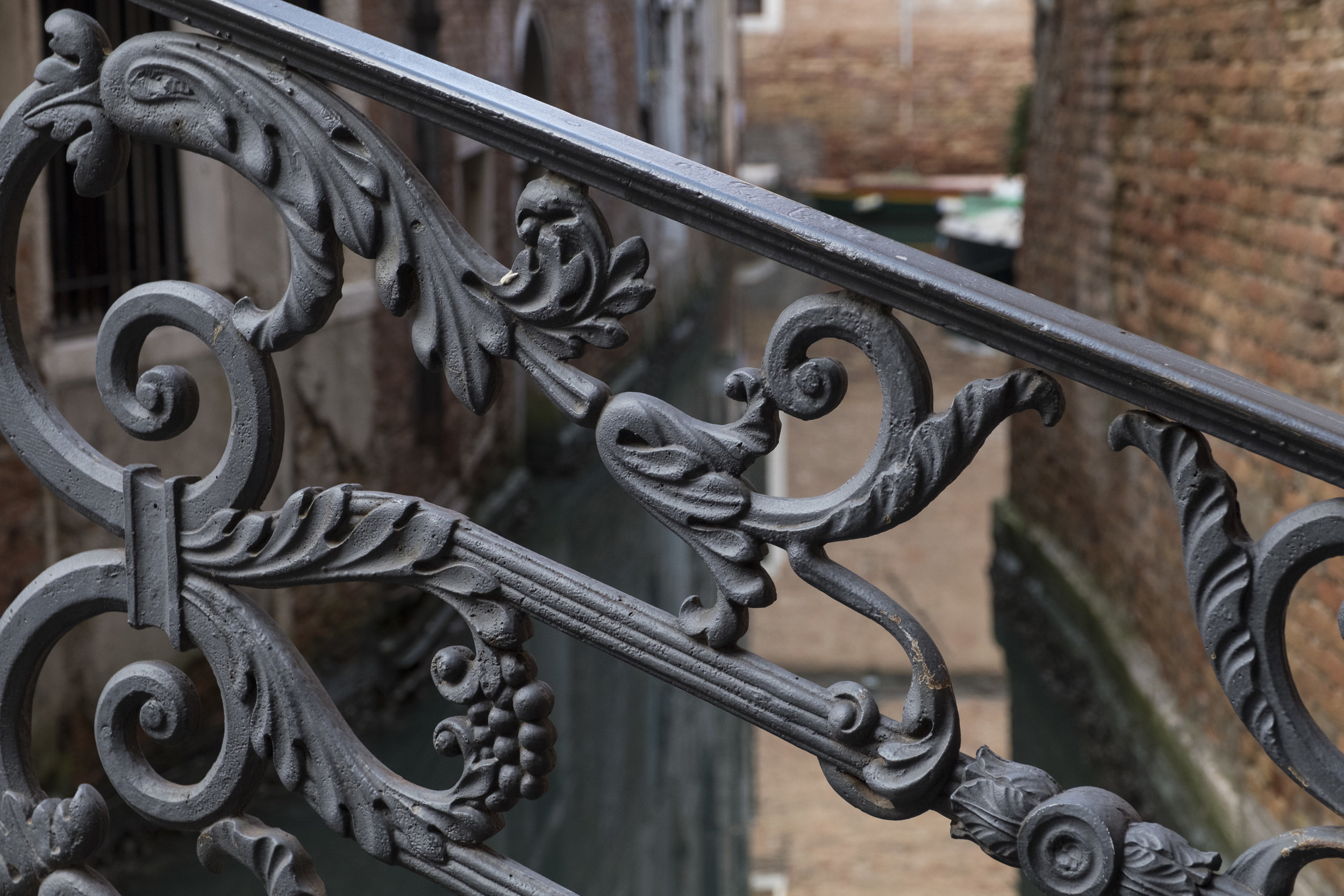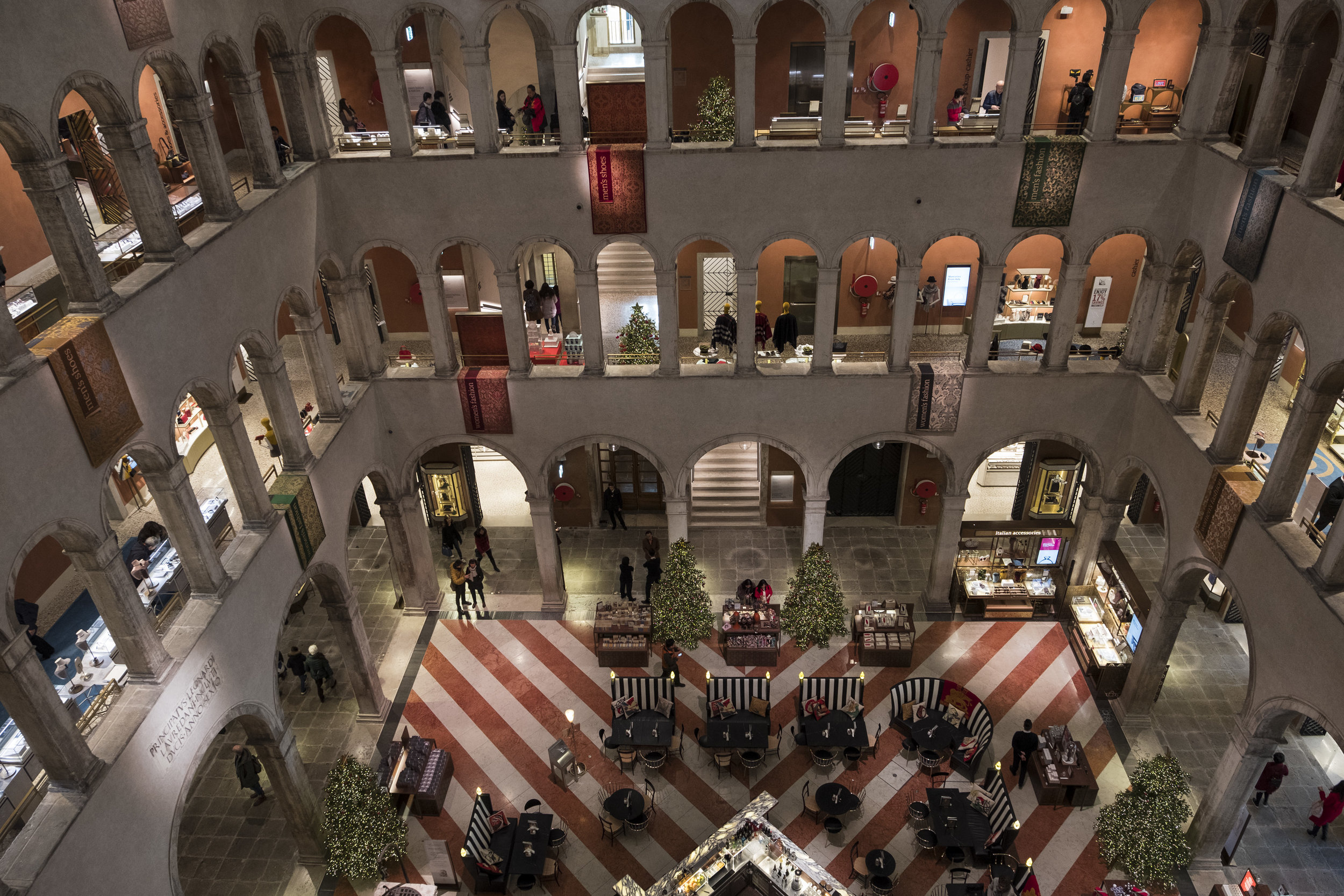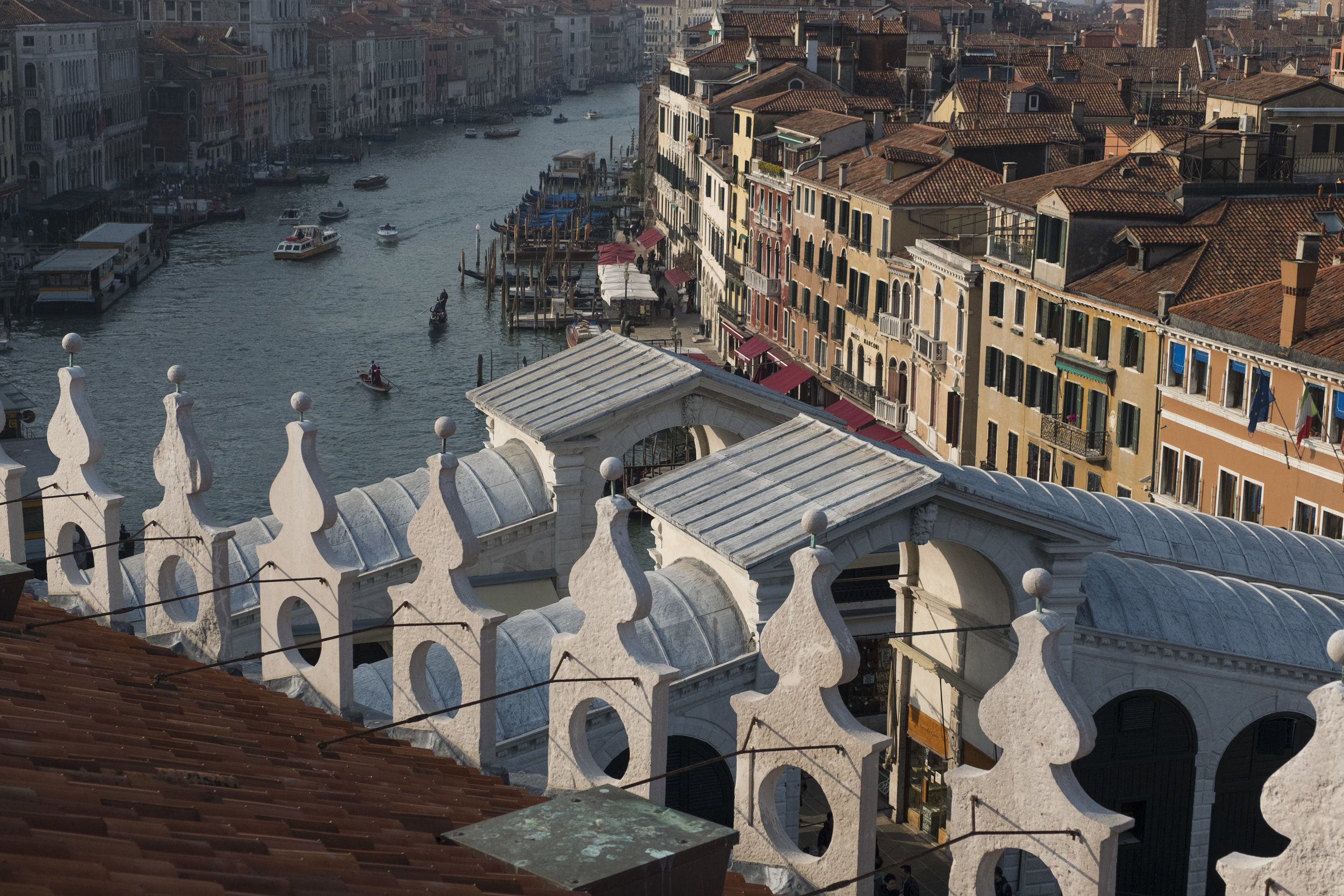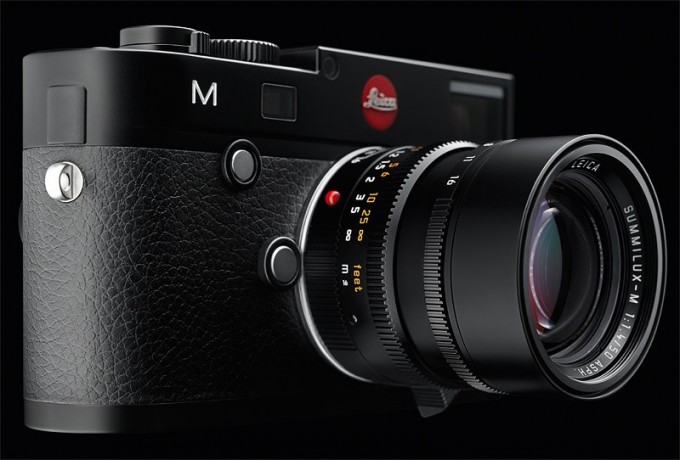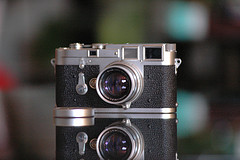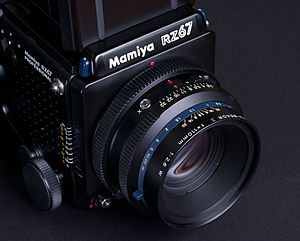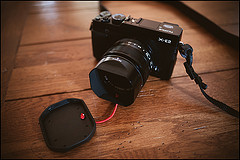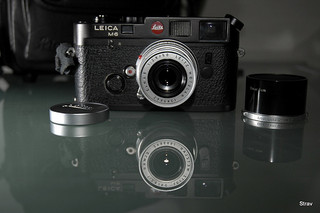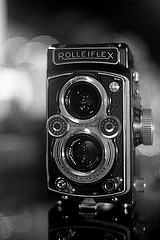This is some text!
Hi everyone, and welcome to this blog post on the camera settings I use with the Fuji X System. This is a question I have received several times and it often comes up during workshops where I see so many folks struggling with their cameras and settings. Now, while the focus of this post is centered around my Fuji cameras, I will say that the best set-up is the one that works for you and makes you feel confident as you operate your camera. And in order to do that you need to learn the operations of your camera system forwards and backwards, develop an understanding of how you want to approach your photography, and then practice until it becomes automatic. The last thing you need to be doing during the moment of capture is to fumble with your camera or the settings.
I set up my X-T2 and my X-Pro 2 in exactly the same way. The reason for this is simple; no matter which camera I grab out of the bag, I know what the settings are and that the two camera bodies will function in the same way. With only some subtle variations, I use the same settings and set up for all of my various photographic endeavors - landscape, street, architecture, and portraits. It is all about simplicity my friends. I can take any of my camera bodies out of the bag, and with confidence, know that I can be shooting within seconds of turning the camera on. Fuji X cameras have a lot of technology under the hood but once you have settings established you rarely have to go back to the menus for anything. The three main things you really need - aperture, ISO, and shutter speed - are right on top of the camera. So let's take a look at the settings I use.
Basic Settings, Set-up, and Functions
File Type: For landscape work I shoot in RAW Mode only. All files will be processed from RAW using Lightroom, ACR, or Iridient Developer, and then finished in Photoshop. RAW Recording is set to Uncompressed. For street work, or people, I will use RAW + JPEG Fine and I will employ the Fuji Film Emulations.
White Balance: Auto. I hardly ever vary this as it can be manipulated in post processing.
Noise Reduction: I have this set to 0 as my default.
Long Exposure Noise Reduction: Off. I never have this on unless I am shooting a very long exposure such as a star trail.
Dynamic Range: I leave this set to DR100 as my default.
Brackets: I will occasionally shoot a defined bracket set of images. More often than not I don't do this as I am always making my brackets while looking at the histogram. But if I need a quick bracket set I can switch to this in the Drive Mode. I have my Exposure Brackets set to 1-Stop apart. So this will be one shot at my defined exposure, then at shot 1-Stop Under, and a shot that is 1-Stop over. I do wish Fuji would change the Firmware to allow 5 to 7 stop differences. Brackets in the X-T2 can be set in the Shooting Menu > Drive Setting > Bracket Setting. Brackets in the X-Pro 2 can be set through the Drive Button on the top D-Pad of the camera.
Color Space: Adobe RGB
Card Slots: Both my X-T2 and the X-Pro 2 have dual card slots, one of the endearing features I love about these cameras. My Card slots are set to Sequential, which means, that when one card fills up, the camera switches to the other card. You can set it to BackUp and RAW/JPEG as well but I never use these. On occasion I used the BackUp Mode but I usually do not sweat card failure.
Image Size: I typically leave this at the default range of L3:2. Any relevant cropping I will perform in post-processing
Film Emulations: I love the Fuji Film Emulations and use them often when shooting in the RAW + JPEG Mode. But I use them even in shooting RAW as a Live View Screen setting to get a sense of what a final image might look like. The Velvia and Astia Emulations give the LV Screen image a color boost and the ACROS Emulation lets me view the potential of a B+W image.
Function Buttons: The Function Buttons are a way for you to customize the settings you want close at hand. For my camera's I have made sure that the button assignments I use are the same on each camera body. There is a slight difference in what you can assign on the X-Pro 2 versus the X-T2, relative to the Front FN Button and the top of the D-Pad. But the other buttons set up the same for each camera. You can assign the various FN Buttons by going to the Set Up Menu > Button/Dial Setting > FN/AE-L/AF-L Button Setting, and work through the diagrams. The following list is how I assign my buttons:
Front FN Button On my X-T2 it is set for Face and Eye Detection. On the X-Pro 2 it is set for Bright Frame Simulator and indicates image framing when using the OVF;
FN Button > Wireless Communication;
Left D-Pad > Film Emulation Mode;
Right D-Pad > Timer Setting; Having this handy is very useful when I am shooting a longer exposure without or without my electronic shutter release.
Bottom D-Pad > AF Mode; This is Single Point, Zone, or Wide Tracking
Top of the D-Pad > AF Custom Settings on X-T2, (This is similar to the Drive Mode on the X-Pro 2). The Drive Mode on the X-T2 is just under the ISO Dial.
AE-L Button: This is set to AE-L Only
AF-L Button: This is set to AF-L Only
Having these set in a similar fashion for both cameras just keeps the mental gyrations while shooting to a minimum. I think setting Function Buttons comes down to your personal way of shooting and camera operations you want at your fingertips.
Focusing: I switch between S, C, and Manual focus depending largely on what I am shooting. In operation the S Focus Mode puts the focus at a single point or zone. The C Focus Mode continually seeks focus and is good for moving objects. For my landscape work I shoot in entirely in Manual Mode - manual focus and manual settings - and at the native camera ISO of 200. (more on some of this below). For street work I typically use AF and utilize the Joystick to move the focus point. I will often switch to C Focus Mode and select Continuous Low CL, or Continuous High CH Modes which fires the shutter in high speed bursts when shooting sporting events. CL will shoot from 3 to 5 burst frames and CH will fire from 8 to 14 burst frames. In addition you can couple this with one of the five Custom AF Settings in the X-T2. I am not afraid to work the ISO when shooting on the street and invariably go over 800 to 1000. For Manual Focus I use Focus Peaking. This coupled with the Focus Distance Scale is a great way to dial in your focus and know you have the shot. To set Focus Peaking go to AM/FM Setting > MF Assist > Focus Peak Highlight > Then select your Peaking Option. I use the Red (High).
The portrait/street images below were all captured using the concepts I am discussing in this post. All were shot in either AF, S Mode, or Manual Mode using Back Button Focusing, and I used the Joystick to place the Focus Point exactly where I wanted it to be. I love having this kind of control that allows me to craft the image I want. You will notice that I have pushed the ISO around quite a bit and especially so in the lead image of the Lincoln Memorial. While I could set the camera to Auto ISO and set ISO parameters, I tend not to do this and simply select the ISO I feel is right for the scene I am photographing, or to react to my sense of the light, and perhaps what shutter speed I might need for a clean and sharp capture.
Jason Masi • Breaux Vineyards, West Virginia. Fuji X-Pro 2 and a Fujinon XF34mm f1.4 R. Image exposed at ISO 200 at f 3.5 for 1/800 of a second.
Karolin • Bradenton, Florida. Fuji X-T1 and a Fujinon 55-200mm f2.5 at 120mm. Image exposed at ISO 200 at f4.5 for 1/500 of a second.
Nathan • Downtown St. Louis, Missouri. Fuji X-Pro 2 and a Fujinon XF16mm f1.4 R. Image exposed at Iso 400 at f4 for 1/250 of a second.
Skyline • Downtown St. Louis, Missouri. Fuji X-Pro 2 and a Fujinon XF16-55mm f2.8 R at 16mm. Image exposed at ISO 200 at f11 for 1/250 of a second.
Abby and Maise • Montgomery County, Maryland. Fuji X-Pro 2 and a Fujinon XF16-55mm f2.8 R WR at 23mm. Image exposed at ISO 200 at f4 for 1/500 of a second.
Free to Move About the City • Downtown St. Louis, Missouri. Fuji X-Pro 2 and a Fujinon XF16-55mm f2.8 at 23mm. Image exposed at ISO 200 at F5.6 for 1/500 of a second.
Kevin • Denver, Colorado. Fuji X-Pro 2 and a Fujinon XF23mm f1.4 R. Image exposed at ISO 800 at f2.8 for 1/100 of a second.
The Power of "T", Back Button Focus, and the Distance Focus Scale
Now, let's take a look at some other incredible components built into the Fuji X cameras. But, before we go there, I want to talk about the Screen and Viewfinder set-up. The screen set-up is entirely customizable on the Fuji's and can be accessed in the Toolbox Menu. Aside from the usual things you might want such as AF Mode, Film Emulation, and File Type, the four items that are set on each of my cameras, both in the Viewfinder and on the Live View Screen, is the Electronic Level; the Exposure Compensation, set to Scale; the Histogram; and the Manual Focus Scale, set to Feet. Everything else notwithstanding these four singular settings are the most important to my shooting.
I almost always shoot in Manual Mode, and to be clear I set the Aperture, the ISO, and the Shutter Speed. I work quicker this way and it is the way that my mind thinks while in the process of making an image. My Exposure Mode is set to Evaluative Metering and I take my light readings using the Exposure Compensation Scale and the Histogram, and more so than not I base my exposure judgements on the Histogram. For street work I will periodically check the meter readings using the Exposure Compensation Scale and set it to 0. This usually gets me to within a stop or so of the right reading when I take a shot.
Despite what camera you shoot with I believe having the Histogram viewable while you are making exposure adjustments is a must. With aperture and ISO set then it is a simple matter of just turning the Shutter Speed Dial to manipulate the exposure while looking at the effect in real time using the Histogram. After choosing a shutter speed you can use the front Command Dial to adjust the exposure, up 1-stop and down 1-stop, in 1/3-stop increments. This is quite handy for micro manipulation of the Histogram.
But, here is where the Power of the "T" can simplify this even more. The "T" is located on the Shutter Speed Dial, and when set it allows you to use the Front Command Dial (or rear if you set it that way), to manipulate the shutter speed ranging from 30 seconds all the way to 32,000. So, with my aperture and ISO set, and the Shutter Dial set to "T", (see the image to the left), the only thing I have to manipulate is the Command Dial. It could not be more simple and I can quickly change aperture to suit conditions, and manipulate the exposure quickly while using the Histogram. Because the Command Dial moves in 1/3-stop increments as well, I can make micro adjustments to the exposure too. I have both of my cameras set this way and with the turn of the on-button, and a quick read of the light, I am shooting instantaneously. I think at the heart of this set-up is simplification - to simplify the mechanical process and make it automatic - so that I can concentrate on making images.
Back Button Focus Now a small word about Back Button Focusing. If you are in Manual Focus Mode and you have the AF-L Button set to AF-L Lock you can use the Button to Back Button Focus. This is a great help for street photography or even for shooting portraits. When in Manual Mode you can use the Joystick to move your focus point, and once you have it where you want it, hit the AF-L Button. The camera will lock focus at that point and you can then press the shutter button as many times as you wish without the camera changing focus. Additionally, if you go to the Set-Up Menu > Button/Dial Setting > AE/AF Lock Mode, and set it to AE&AF On/Off Switch, this will decouple the buttons and allow you to lock focus and exposure when the camera is set to C or S, AF Mode, and you are in Aperture or Shutter Priority. So, much like the Back Button Method, once you have achieved focus, you can select the AF-L Button and it will lock focus until you press the button again. This is the same for the AE-L Button. You will know you are locked in when you see the AF-L and the AE-L indicator in the lower left corner.
In the image below I had already locked focus in the zone around the grill using the Back Button Focus, and when Chef Chris hit his Usain Bolt pose, which caught me completely by surprise, I was ready to make a capture without worrying about the autofocus kicking in and perhaps missing the moment.
Striking the Pose • Shepherdstown, West Virginia. Fuji X-T2 and a Fujinon XF35mm f2 R WR. Image exposed at ISO 200 at f4 for 1/400 of a second.
Fuji's Distance Scale is nothing short of brilliant. Shown below on my Live View Screen, it is the linear graph at the bottom of the screen, just above the shooting data. The White Tick Mark on the graph is the point where I have focused the lens, in this example at 2 feet. The blue line indicates the hyper focus zone of the lens, in this case from just inside of a foot to 5 feet. Since Fujinon lenses are all chipped this information is conveyed to the camera for each focal length. I use this information in concert with Focus Peaking for all of my landscape work and it is extremely accurate. Much like the other settings described in this post this is another technical innovation from Fuji that allows me to focus on image making and not wondering if I am in focus or actually where my hyperfocus zone is located. The Depth of Field Scale has two options - Pixel Basis, and Film Format Basis. Pixel Basis is for images that will be viewed on screens and Film Basis is for images that will be printed. For my work I use the Film Format Basis. To set this go to the AF/MF Setting Menu > Depth of Field Scale > Film Format Basis. The Distance Scale can be set in feet or meters based on your preference, and to set this go to the Set Up Menu > Screen Set Up > Focus Scale Units > Feet.
The image below illustrates the base set-up for my Live View Screen which is also mirrored in my Viewfinder. To the left is the Exposure Compensation Scale; to the lower right, the Histogram; and the Focus Distance Scale along the bottom. The Green Line is my Horizon Level Line. Additionally I have the Composition Grid set in thirds. To set up your screen go to the Set Up Menu > Screen Set Up > Disp. Custom Settings and place a check in the box for the items you wish to display.
The landscape images below were all shot using the various tools and settings I have outlined. The only real difference comes from my all-manual process when shooting landscapes. This is largely centered around crafting an image with good foreground to back ground sharpness. Utilizing the information in the Focus Distance Scale and Focus Peaking you can achieve some amazing depth of field images, such as the Datura and Cabin image below. I think the creation of the image, and in fact the best images, come when you are free to experience and react to the situation. This can only happen when you are engaged with the scene before you and not buried deep in your menus. In photographic terms, almost nothing is worse than missing the key moment because you were not able to respond to the changing conditions or were buried within the camera settings. In my honest opinion, and largely one of the reasons I made the switch to Fuji, the beauty of the X System is that they have engineered cameras for photographers, that once set-up properly, magically get out of the way of making images.
Hopefully the information contained in this post will give you some insights in to how I set up my cameras and help you see the possibilities for customization. The best camera is the one you have in your hands but it is even better when it gets out of the way of making images. It can be a painful process to go through your camera manual, and honestly, I would rather do anything else but wade through them. But if you tackle it in chunks it is not too bad and it will help you gain control over your camera. And when you have control of the camera , it does not have control over you. If you have any questions please drop me a comment. As always thanks for stopping by and I appreciate your support.














